Gorgeous morning today. Bright, clear, warm, just enough of a breeze on the top deck of the sightseeing bus to keep you cool and alert. The tour was good, and I got off about half-way through at Clifford’s Tower.
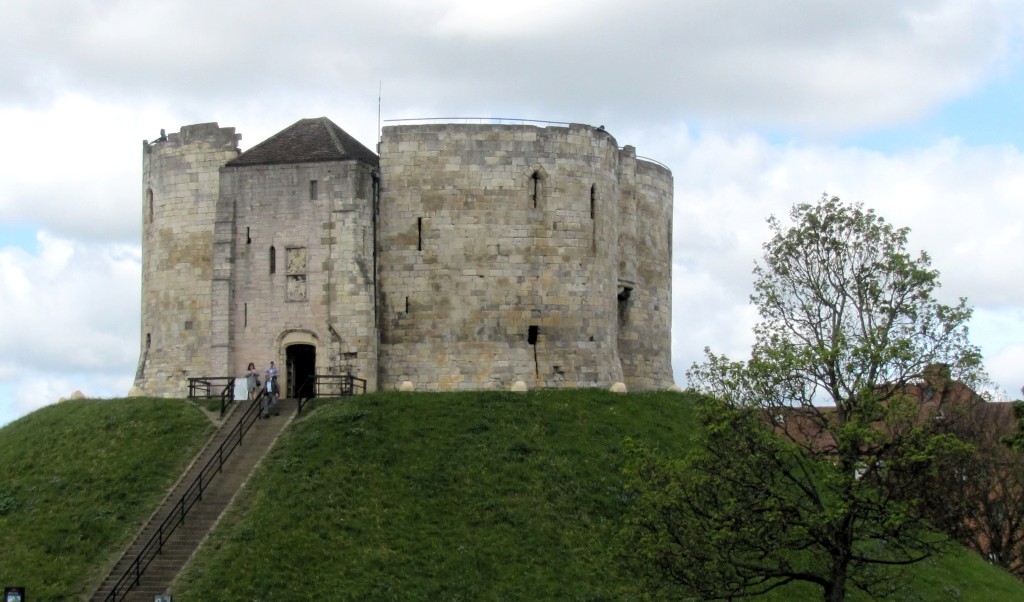
There were a couple wooden castles that stood on this spot. One was the site of a rather horrific episode in 1190, when about 150 Jews, pursued by mobs all het-up with antisemitism and Crusade fever, sought refuge. The Jewish population pushed their way into the castle, locking out the royal constable, and set about holding off the maddened, rioting mobs. They were offered their lives if they would be baptized, and promised death if they refused. In the end, they set fire to the castle, choosing to immolate themselves rather than renounce their faith and accept the dubious guarantees of the Christians.
Not something York is very proud of.
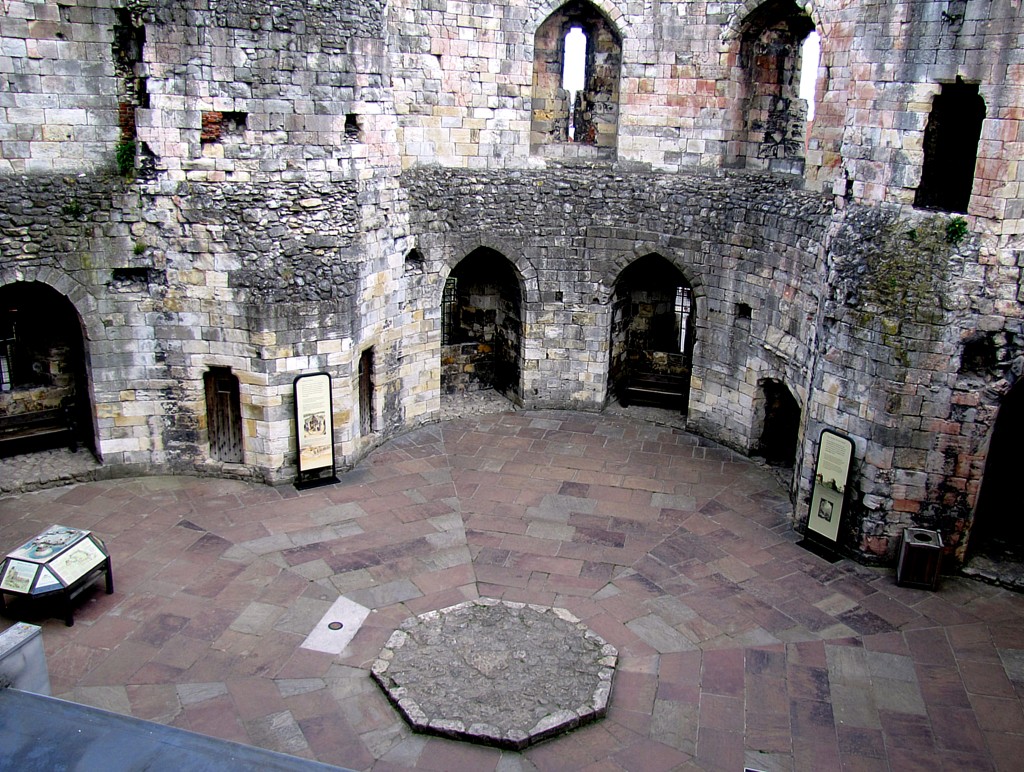
Clifford’s Tower is right next to the York Castle Museum. The rest of York Castle is long gone, and the remaining buildings are a former women’s prison and a former debtor’s prison. It’s a pretty great museum.
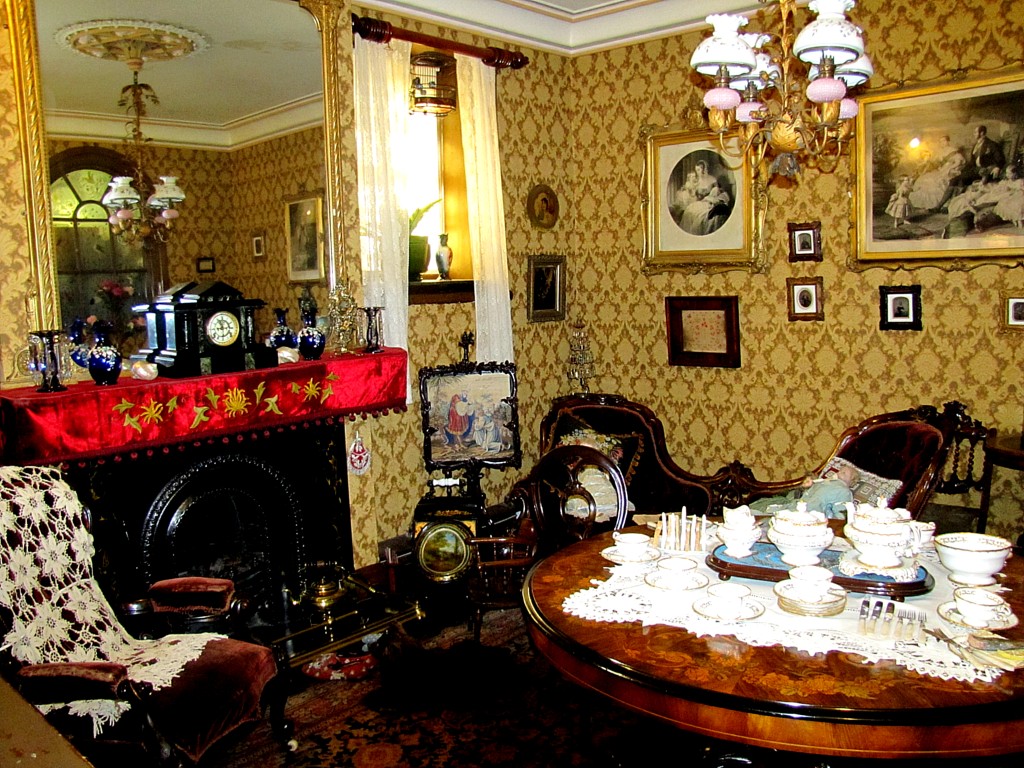
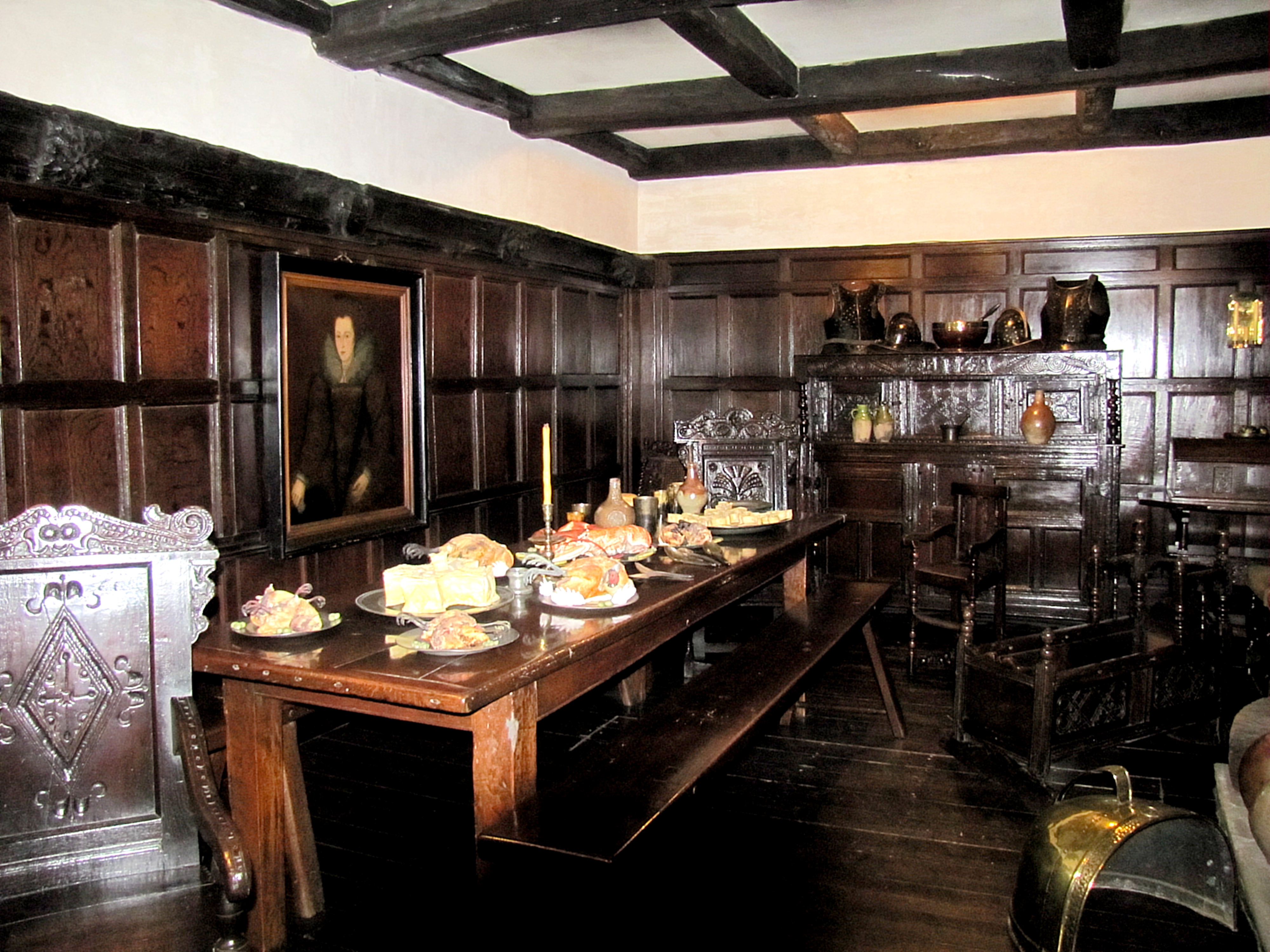
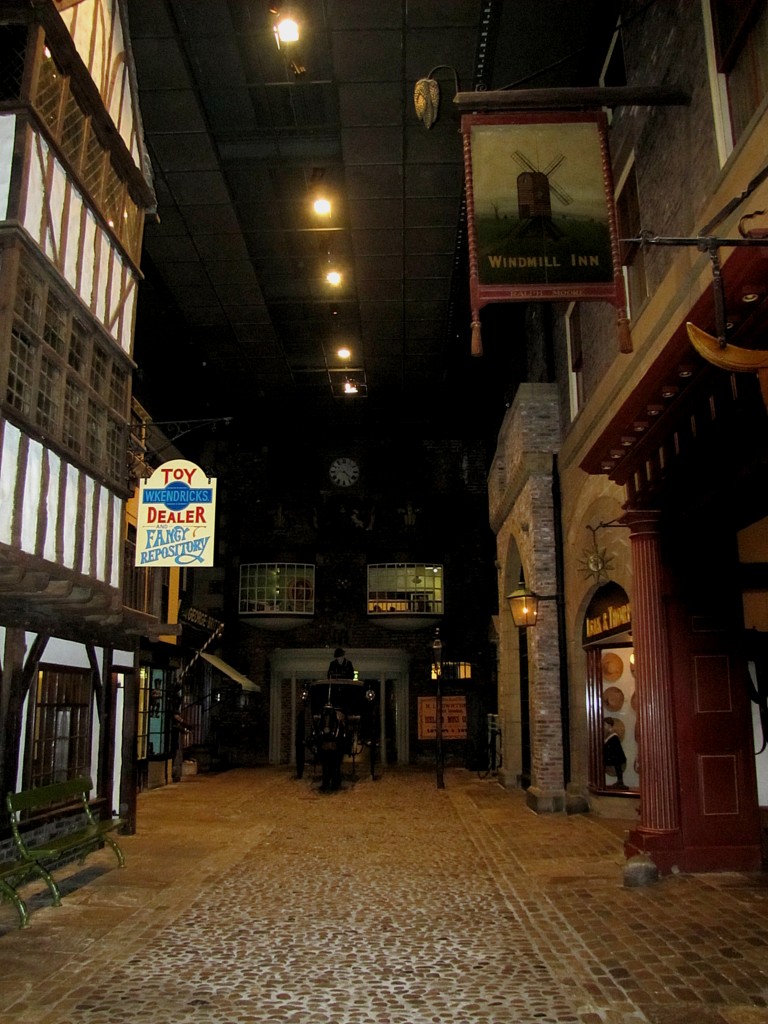
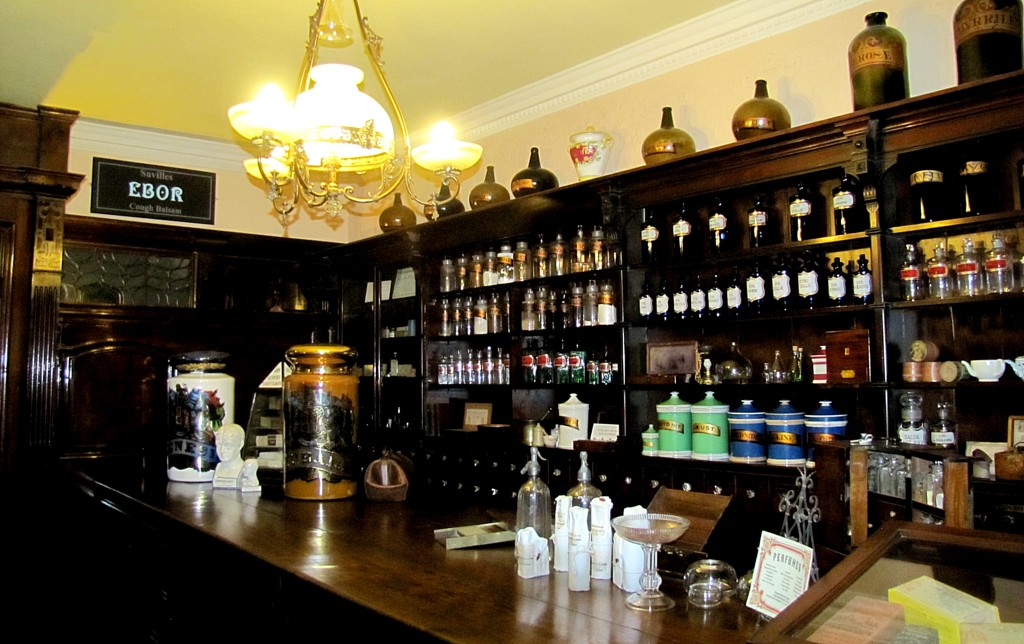
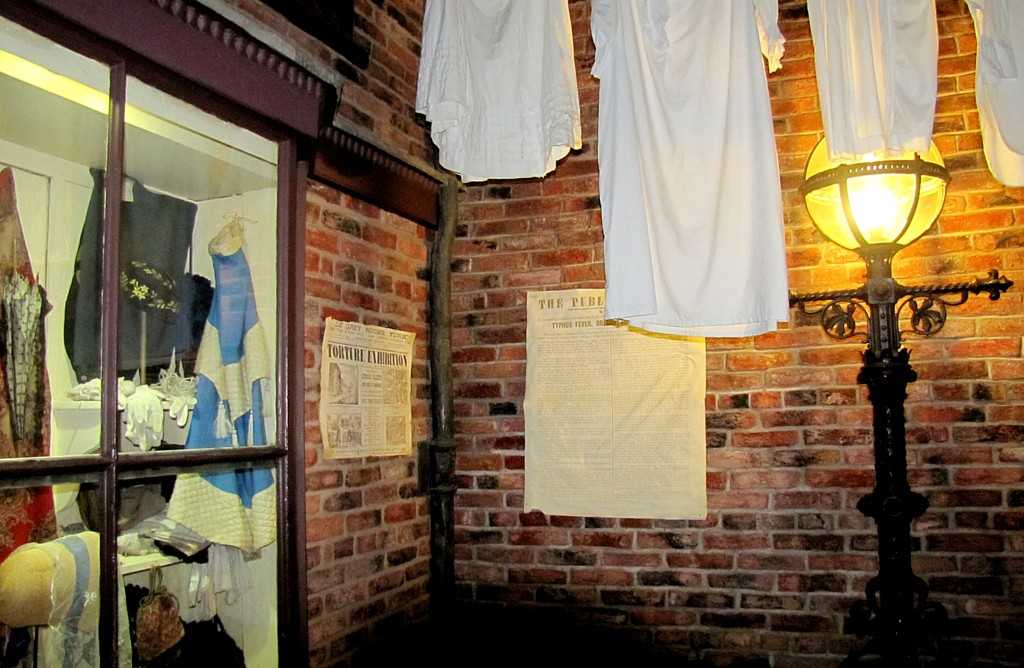
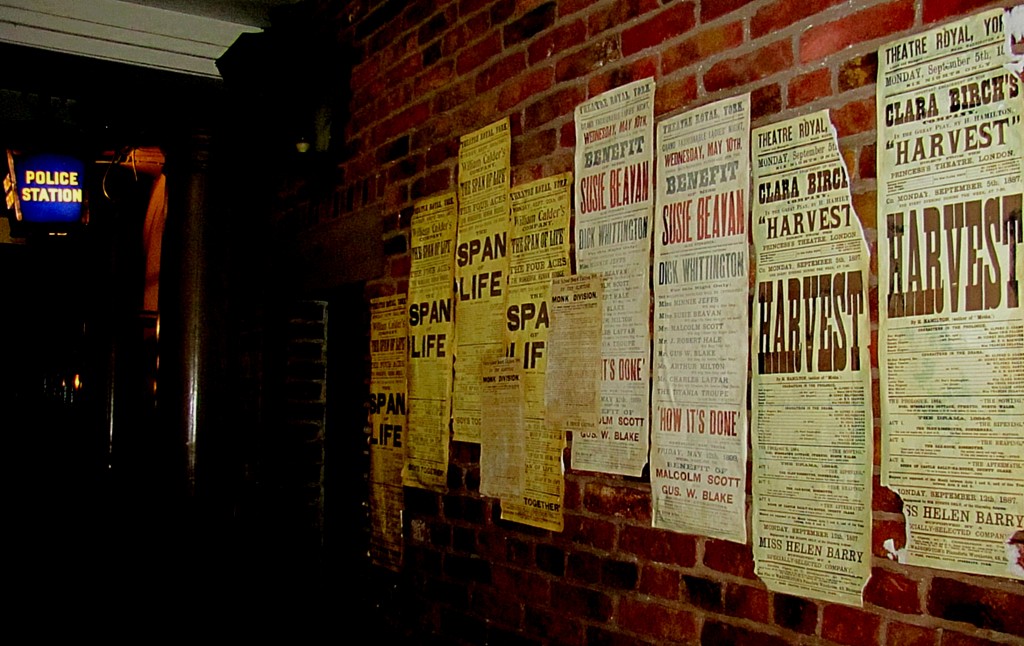
The other wing of the museum, which was once a debtor’s prison, featured an in-depth look at the impact of WWI on the UK, and York in particular.
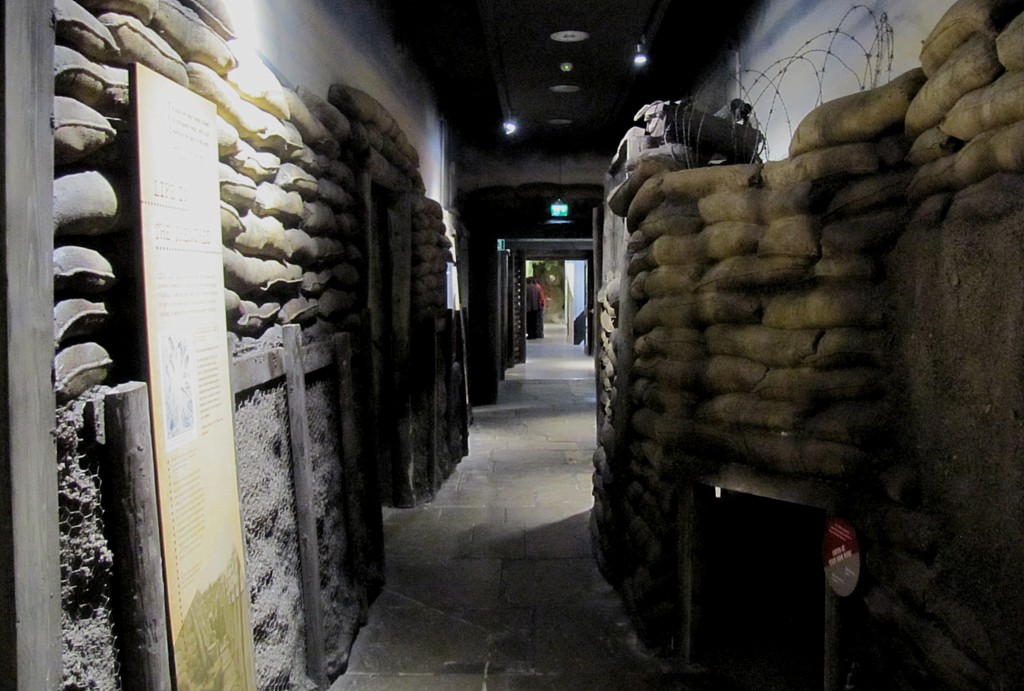
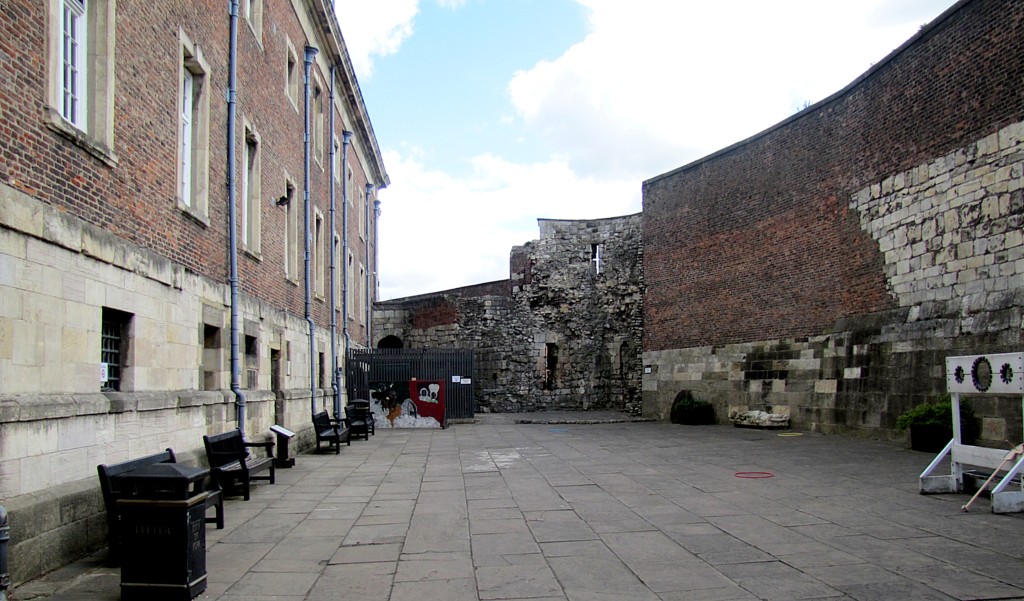
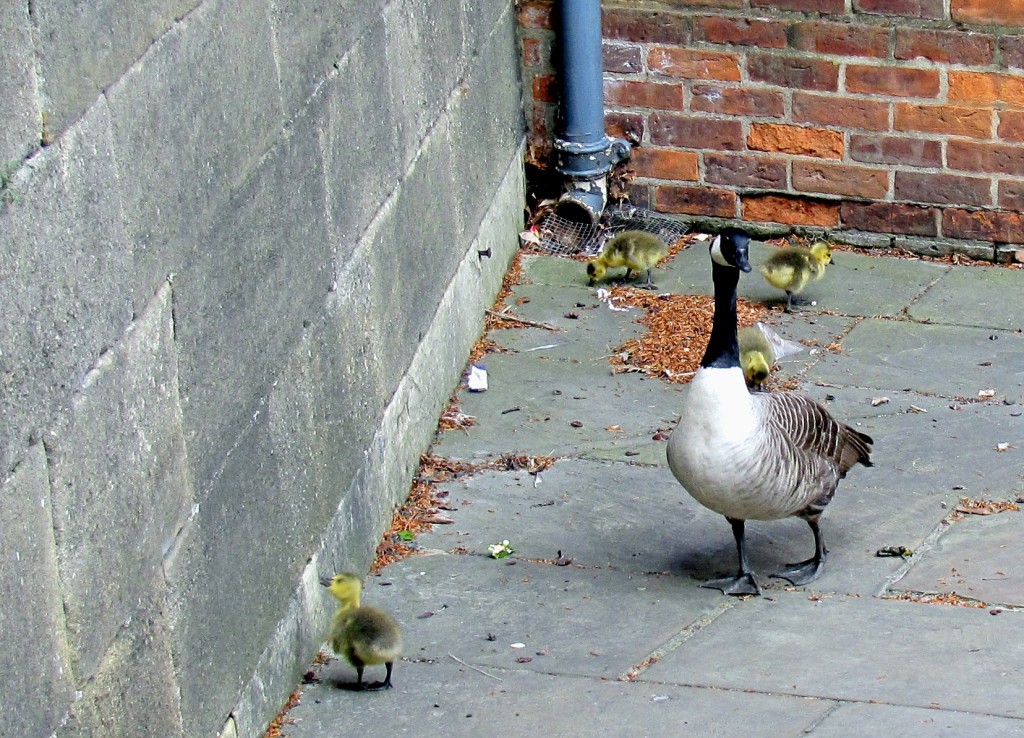
After I finished up there, I went to find Jorvik, a special museum dedicated to showing off the Viking finds on the site in the 70s and 80s. Very cool stuff. A lot of it was in the form of a little car ride through a rebuilt Viking village full of animatronics1, but there was a lot of interest there, too.
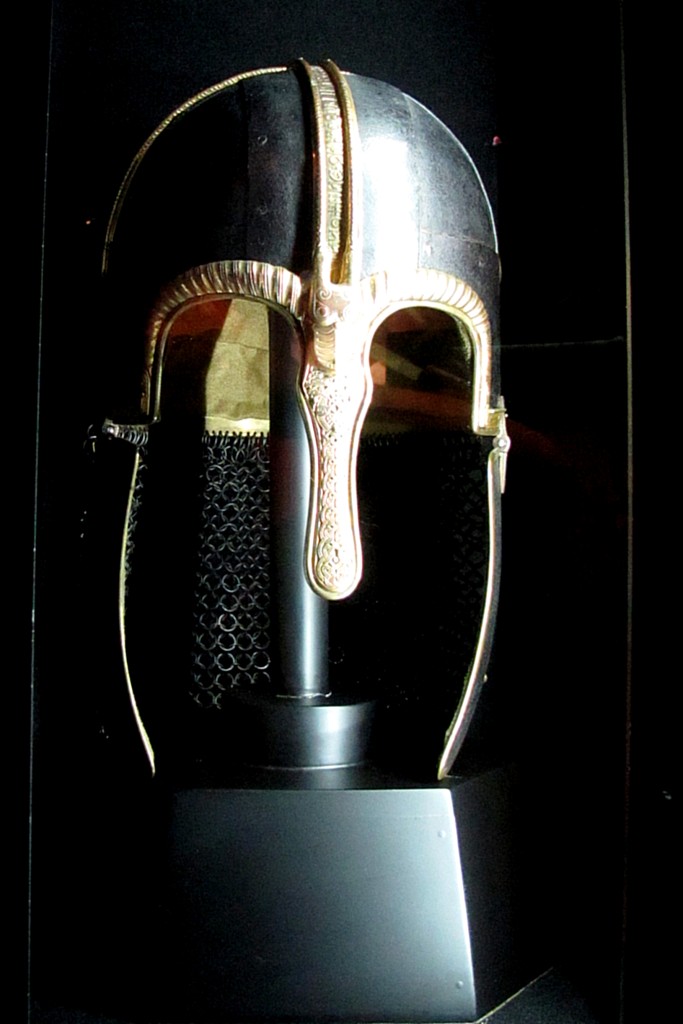
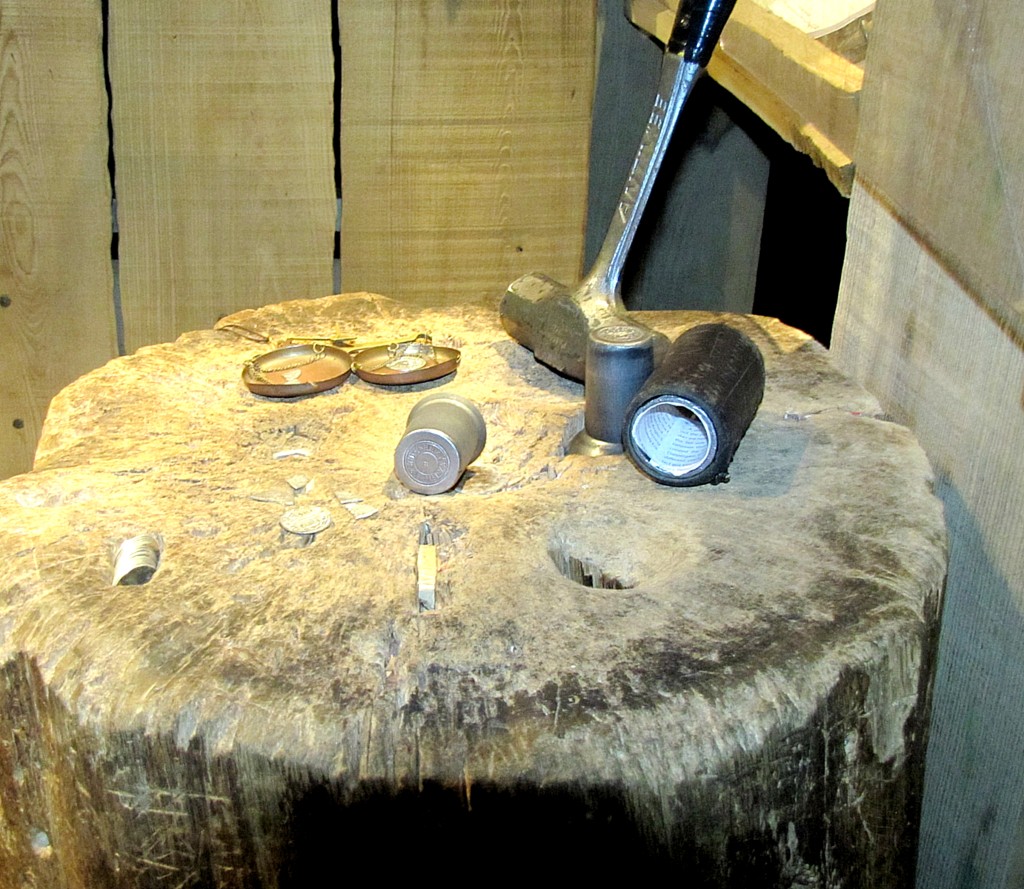
At this point, I went and got back on the sightseeing bus, planning to go see the Richard III museum. Unfortunately, I missed the stop, and the day had clouded over and gotten chilly. So, I rode the bus around to the start of the tour, and got off to find some lunch.
I wandered down through the twisty, turny, medievally part of the city near the Minster, and found a neat pub called Ye Olde Starre Inne2. Now, the thing that caught my eye about the place was that it didn’t have any street fronting. The Starre Inne, like the House of Trembling Madness and a few other places I saw, had been cut off from the street by new buildings, so they made their own arrangements. The House of Trembling Madness had its entry through another store, while the Starre Inne had a large sign across the entire width of Stonegate Street3 and a little alley that led to the Inne’s gardens.
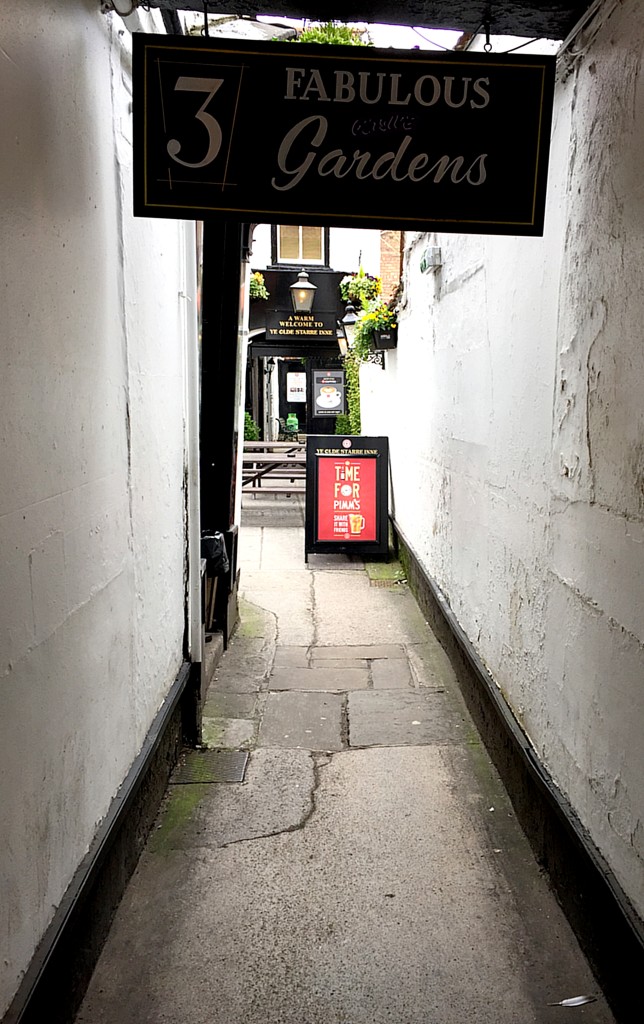
After that, I just wandered the streets for a while, trying to decide if I was going to call it a day or if I would try to squeeze in a visit to York Minster today. I made my way over to the Minster, and saw that it was going to close in half an hour, so I decided to save it for tomorrow morning.
So, that, and maybe a walk on the city walls, is slated for tomorrow morning. Tomorrow afternoon, I’ve booked a trip out to Castle Howard. That should be cool.

